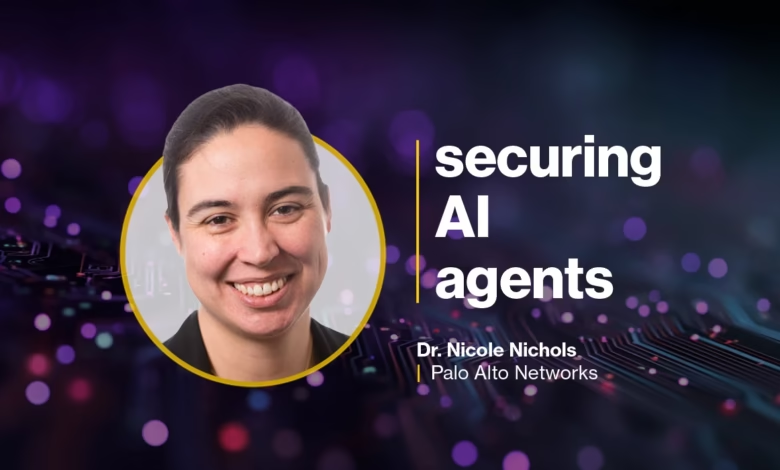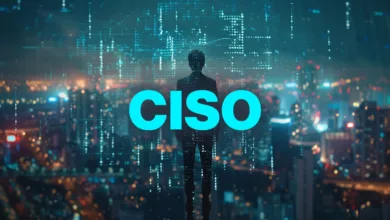AI Security Needs a Dedicated Playbook and Team Now

▼ Summary
– Dr. Nicole Nichols highlights the need to evolve security models to address risks posed by AI agents, emphasizing threat modeling, governance, and monitoring.
– Current security paradigms can be adapted for AI agents, but continuous tracking of emerging threats is crucial due to rapid advancements in AI.
– Organizations must adopt a holistic approach to threat modeling for AI agents, considering interactions between reasoning models, memory, and third-party tools.
– Governance for AI agents requires proactive measures, strict operational boundaries, and new paradigms to address accountability gaps in the AI supply chain.
– Real-time monitoring and techniques like logging and clone-on-launch are essential for securing AI agents as their autonomy and complexity grow.
The growing complexity of AI systems demands a fundamental shift in security strategies, requiring dedicated teams and specialized protocols to address emerging risks. Traditional security frameworks, while valuable, may not fully account for the unique challenges posed by autonomous agents capable of reasoning and independent action. Experts emphasize the need for proactive threat modeling, robust governance structures, and real-time monitoring to keep pace with AI’s rapid evolution.
Current security paradigms like zero trust and secure development lifecycles provide a foundation, but they require significant adaptation. AI introduces novel attack vectors and accelerates the scale of potential threats, forcing organizations to prioritize continuous threat intelligence alongside defensive measures. Unlike conventional systems, AI agents operate within dynamic environments, interacting with third-party tools and data sources, each representing potential vulnerabilities. A holistic approach must examine not just individual components but how they interconnect across the entire ecosystem.
Threat modeling for AI agents presents unique complexities. Organizations must analyze reasoning capabilities, memory usage, and tool access points to identify where exploits could occur. This requires cross-disciplinary collaboration, blending expertise in reverse engineering, cryptography, and cloud security with emerging AI-specific knowledge. Without this integrated perspective, critical risks may go unnoticed until exploited.
Governance remains a pressing challenge as autonomous agents scale. Clear boundaries on agent permissions are essential, but traditional access controls often fail to address AI’s fluid decision-making processes. Accountability gaps in the AI supply chain further complicate security, particularly when third-party providers obscure model details under proprietary claims. Internal coordination helps, but broader transparency standards will be necessary to mitigate risks like data poisoning or model tampering.
Real-time monitoring is non-negotiable for AI security. Techniques such as logging agent decisions and employing clone-on-launch architectures can limit exposure to persistent threats. By isolating agents to ephemeral instances, organizations reduce the risk of compromised systems spreading damage. However, these methods must evolve alongside AI capabilities to remain effective.
Simulated environments offer a controlled space for stress-testing agents, but replicating real-world conditions accurately remains resource-intensive. Standardized testing frameworks could help benchmark security performance across edge cases while ensuring defensive tools keep pace with agent development. Just as open-source malware analysis tools strengthened traditional cybersecurity, accessible security solutions for AI agents will be critical in preventing weak links across interconnected systems.
The path forward hinges on agility. Security teams must anticipate novel threats while refining adaptable defenses, balancing immediate safeguards with long-term resilience strategies. As AI continues advancing, proactive investment in specialized security playbooks will determine whether organizations harness its potential safely or fall victim to escalating risks.
(Source: HelpNet Security)





